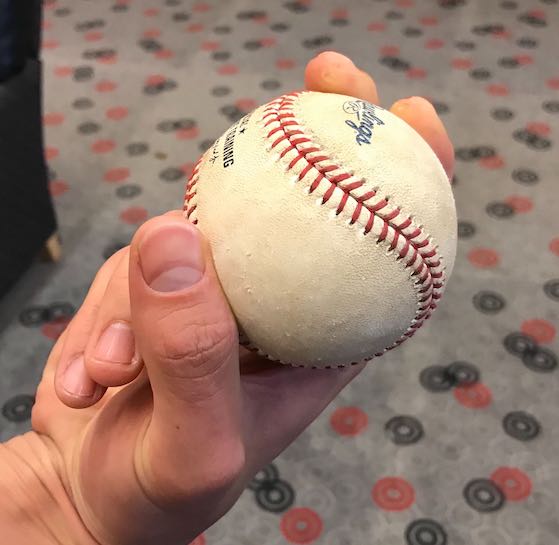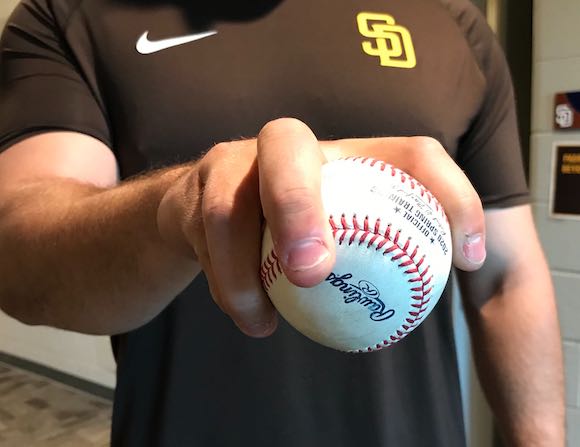Kendall Graveman on the Pitch He Lives and Dies By
Kendall Graveman has lived and died by his sinker since breaking into the big leagues in 2014. (He’s also spent a lot of time in injured-list purgatory, but that’s another story.) The 29-year-old right-hander has thrown his signature pitch nearly 60 percent of the time over 446 career innings, all but a handful of them with the Oakland A’s. Graveman is now with the Seattle Mariners, who inked him to a free agent contract last November.
This past March, I approached the Mississippi State product in Mariners camp for an overdue discussion about his sinker. It had been nearly five years since we’d talked pitching. That back-and-forth focused mostly on his cutter, with a glimpse at his approach and TrackMan usage sprinkled in for good measure. We only briefly touched on the pitch that got him to the big leagues. The time had come to rectify that earlier omission.
———
David Laurila: When did you first learn to throw a sinker?
Kendall Graveman: “There’s a coach back home who used to work at Central Alabama Community College, and he came over and was teaching the pitching aspect at a camp I was attending. This was in the small town of Alexander City, and I was probably 12 years old at the time.
“A two-seamer was kind of a different — it’s something I‘d never seen — but I was able to pick the ball up and make a move. Ever since then, I’ve been able to manipulate it. Going through high school, I was a groundball pitcher — I was the same guy I am now — and didn’t strike out a lot of guys. Over the years I’ve been able to develop that pitch more, and have been able to create early contact, soft contact, and groundballs.”
Laurila: How does one go about manipulating a sinker? Read the rest of this entry »


